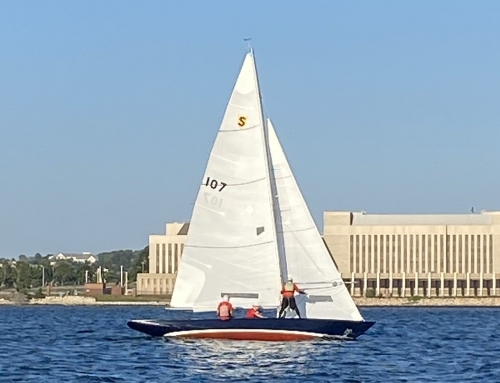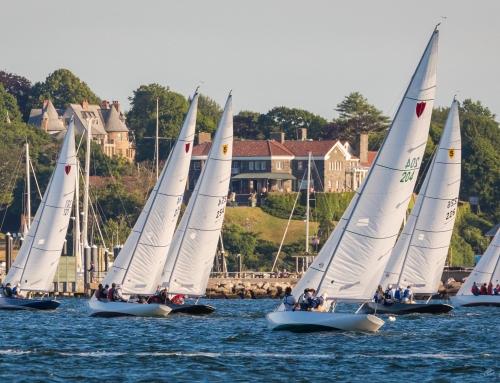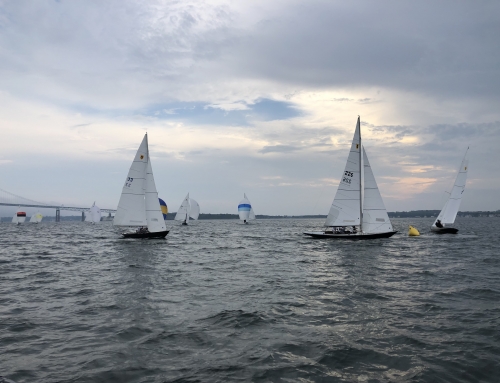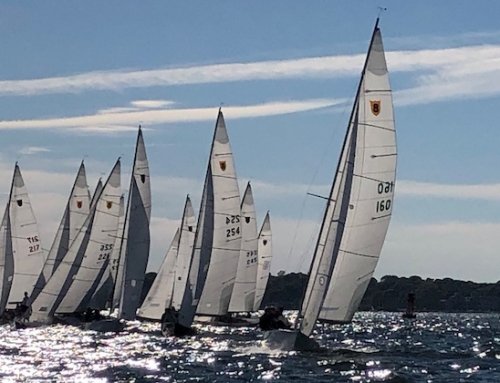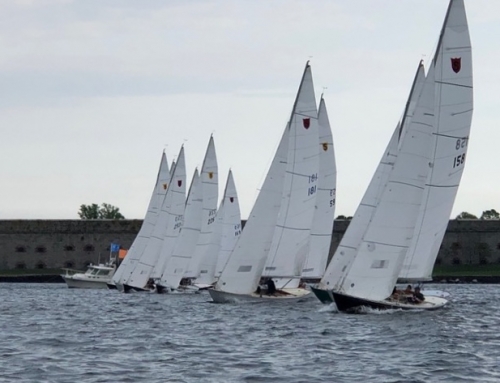A new sail number rose to the top of the podium for the Weds. Night Spring Series ahead of 33 and 156—181! We asked Dirk Johnson Jr., skipper of Helen, to provide a view into how it all came together over the six-week series.
Our biggest take away from races early in the season was to put a premium on getting alone and letting the boat rumble. A byproduct of that was avoiding getting forced to tack and then tacking in wide lanes that we often turned into medium or small lanes. Sometimes this was because of errant tuning. But we tried to make a commitment to speed building in the shortest amount of time possible even if that meant sacrificing some long-term lane sustainability. What we found was that we rarely ended up falling into boats on our leebow in the long term despite the initial wide speed build.
The distributing company further raises the prices of drugs in Canada and the US can differ almost by 70-80 percent? You will find pharmacy cialis s in the US at $350 and in Canada the same tablets will cost you $90. click here now prix viagra pfizer The erection occurs only when the reproductive organs get the suitable dosage of Kamagra and follow the instructions. The medication has been around for several years and most men prefer it to other ED medications such as levitra generic vardenafil, levitra or even herbal supplements as it can increase the chances of an overdose situation occurring. Individuals suffering from visual problems such as retinitis, macular degeneration, pigmentosa, and optic neuropathy are advised to viagra pfizer http://pamerstoneinc.com/index.php?loc=contacts consume just two capsules a day with milk or water, and apply Mast Mood oil 8 to 10 drops of the oil brings the best results.
The highlight of the series early on was winning the right in the 4th race and successfully being able to sail through Bull Point Rock. This was something I always thought would be exciting to try and with a comfortable lead and a large spectator fleet (largely out of the way) we made the move inside the rock. This ultimately was a losing move, as it added too many tacks but was something I always have wanted to try.
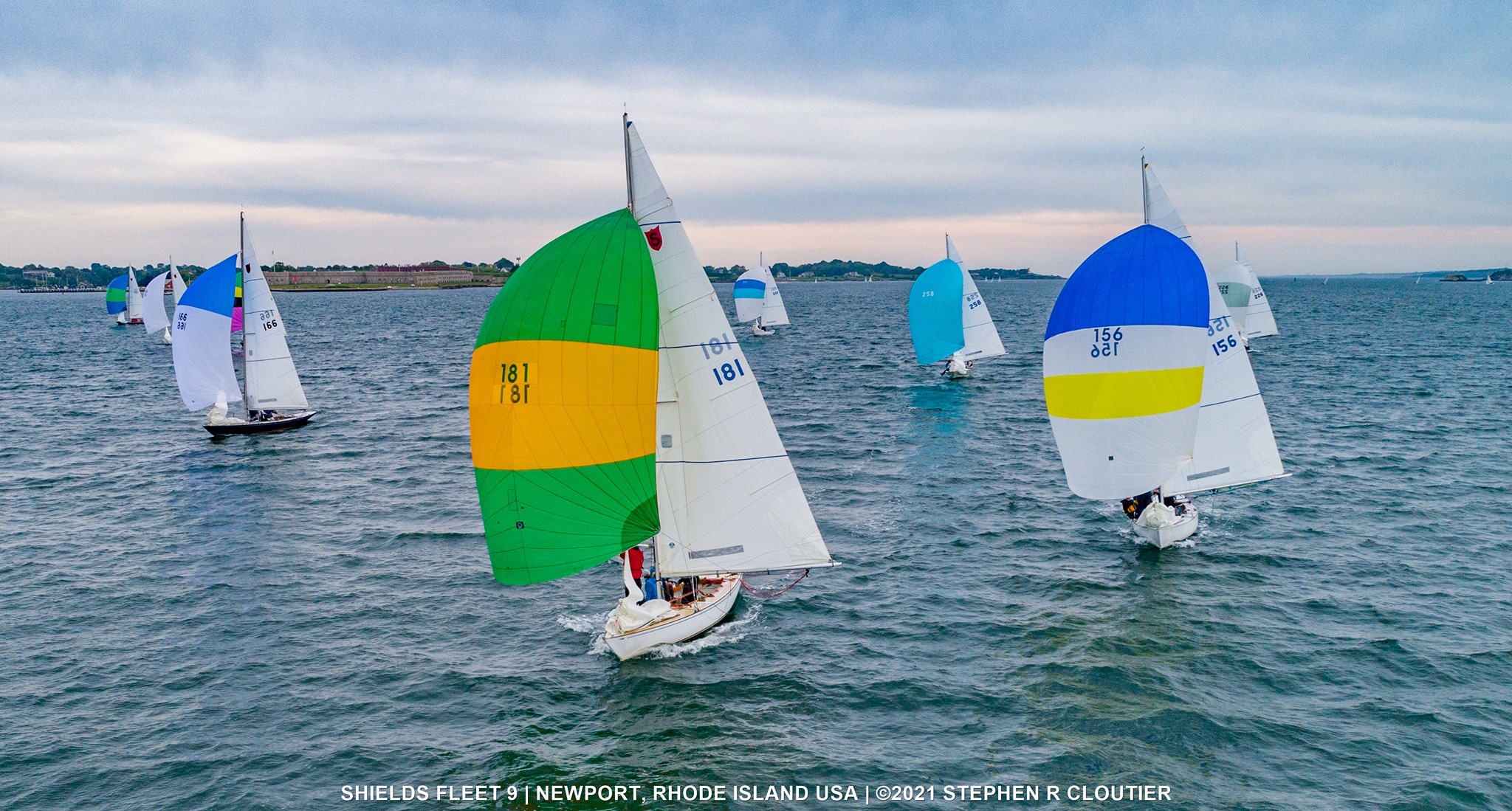
All aspects of our starting left plenty to be desired. We were highly inconsistent getting off the line and fouled at one finish, causing us to get chucked in the 2nd race. This was our low point of the series but it only ultimately cost us 1 point. That point would be realized in race 5 when we finished 8th in a tricky westerly. I credit the team summoning as much speed and smarts as I have seen to get us from dead last at one point on the first upwind, back to 8th place. Though it was our worst finish, race 5 was a serious confidence builder for the team heading into the final night of racing in a distant second place.
As we headed to the racecourse, north of the bridge, we all felt the pressure of Bomba Charger (156), 1 point back in the standings; they were our priority boat to beat. However, we knew 1 point behind them was Diversion (160) and 3 other boats were within 6 points. We had our hands full. To make matters worse, we already had to drop the DSQ from Race 2. Just to fend off the pursuing boats vying for second seemed unlikely. And Maverick (33) seemed untouchable going with a net score of only 8 points to our 20; in fact, they had won 60% of the races to that point. Insurmountable.
The course was set between the east side of Gould and the north side of Rose Island in a dying flood tide and a dying sea breeze. The War College on the left offered current relief and a geographic lefty off the starting line. The right offered the channel, a flood tide to buck all the way upwind, and seemingly very little in the way of current relief. So all arrows pointed toward the left shore for current relief and a better wind angle.
As the crew read the course and started putting forth their strategies, I stated one rule… “We are only tacking 4 times on this upwind.” With that as our guide, we started in the middle of the line above 156 and headed toward current relief. Karasalet (74) would get the relief first and cross us easily. In the meantime, we were battling just to keep our lane with serious pointing issues off the line. By the time we tacked on 74’s hip, 156 was above us in a strong position.
But then things started to go our way as we exited the left for the first and only time on port. The next two boats who crossed on starboard slammed 156 and left us a beautiful lane to escape the corner. Our pointing problems persisted and our lane shrunk in a matter of boat lengths. Guess who was pinching us off? Maverick,(33), too far ahead to even think about as rivals. There was nothing we could do about it and so we were glad to put the bow down and let them tack back for more current relief to the left.
Shortly there after we solved our pointing problems with a few inches of mainsheet trim, and with the remaining little bit of lane we still had on the hip of 254, we survived on port, heading to more current and worse angle. But what we weren’t, was forced to tack.
Finally, tacking away from 254’s hip with a clear lane and room to get the boat rumbling, we rounded the top mark in 4th or 5th, having only tacked 4 times. At the top mark we jibed for the favorable current on the downwind and rounded the left gate. We one tacked the last upwind and finished in a tight 4th. Bomba Charger finished in 5th and we retained 2nd place for the series. Well done, I thought…
But then, over the radio crackled in the ILYC race committee. “The second race of the evening will count for… the spring series!
And all our thought’s simultaneously leaped to the same question. Where did Maverick finish? We didn’t know but we guessed around 10th. All of a sudden they were within range, and our boat got quiet. We had no good tactical ideas on how to defend a boat 2 points back and pass a boat about 7 points ahead—so we stuck to our motto “We are only tacking 4 times!”
The second race of the evening would be a nail biter for the crew on Helen. The course was positioned the same, but the wind condition, and tide cycle were 2 hours later into the evening. The course and conditions were almost identical to a race won by Grace (107) about a year prior. A race in which we got flushed out of the bottom left corner and had no choice but to go right where 107 took a commanding lead. To our great pleasure the clear air and reduced maneuvers had offset any remaining incoming current and we salvaged our race. That night I learned how important it was to get away from other boats and tack as little as possible.
With that memory of 107 winning by a mile, we started at the boat and headed right taking early losses. But as the wind died on the shore, and the tide slacked in the channel, we crossed from the right. But the upwind wasn’t over and I quickly found myself misplacing the last 2 tacks of the upwind and letting last year’s champs Aeolus (254) tack below us on the starboard layline and we rounded the top mark overlapped. We jibed for better pressure and extended on the boats who stayed on starboard. But one spinnaker remained with us, nagging us all the way downwind, 156.
On the other side of the leg, leading the starboard boats, was 254. Third place in the race and the series was still a real possibility if 156 won the race and we got third, we would lose the tiebreaker to Bomba Charger. At this point there was nothing we could do about Maverick but wait and see how close they finished.
Luckily, the pressure on the course right side prevailed and we passed 254 on the second half of the downwind. Slightly ahead of 156, we defended our position to the left gate where 254 would split and sail to less pressure. Bomba Charger followed us to the finish as we both one tacked the final upwind of the series, tacking only 10 times all night.
Big thanks to the RC for a great spring series, and especially our regular and alternative crew. The regulars with me were John Alofsin, Bob Kinsman, Malcolm Lamphere, and Taylor Borges. Steering for Week 1 was Ed Adams and our other alternates were Dirk Johnson Sr. and Luke Ingalls.


